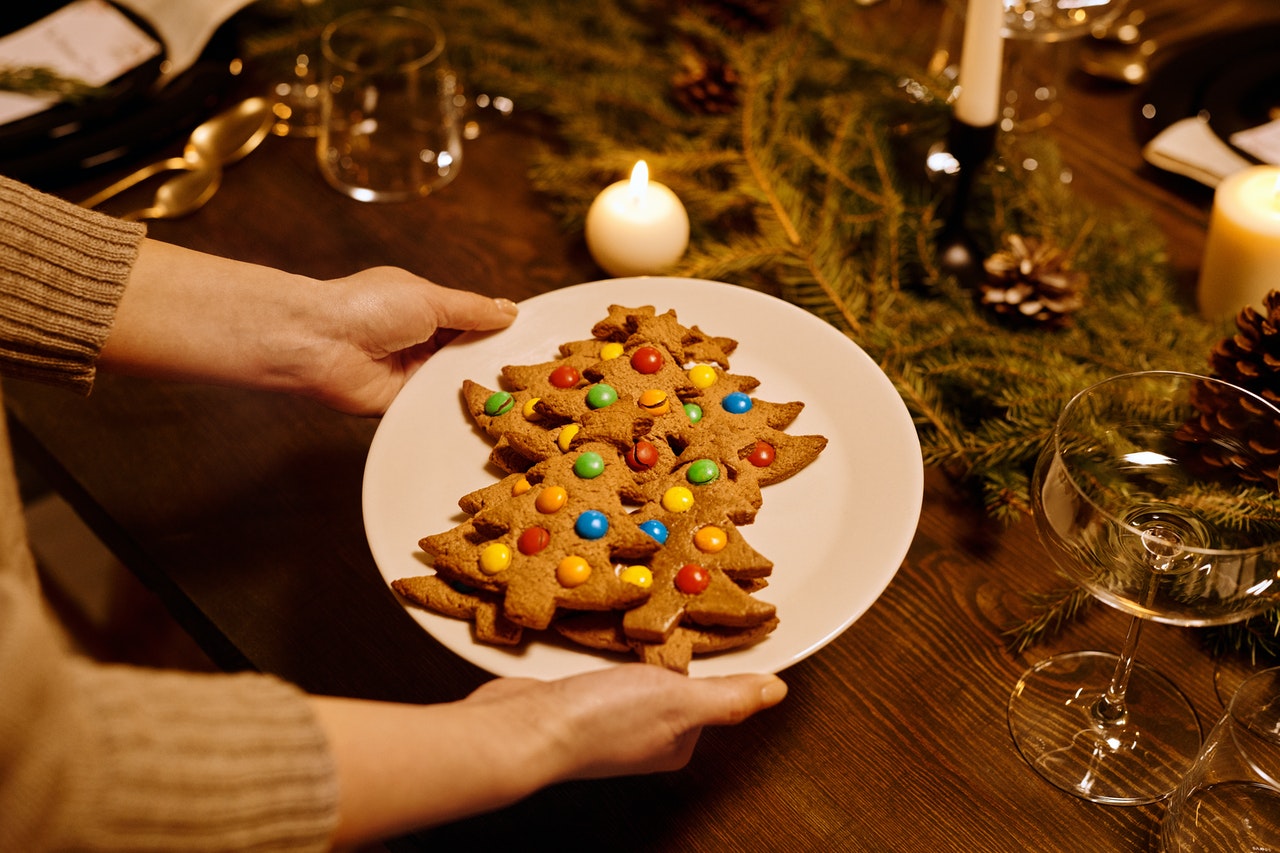The Alarmingly Low Maintenance of Artificial Christmas Trees
As the holiday season approaches, millions of Americans are gearing up for the annual tradition of decorating their homes with Christmas trees. But with the rise of artificial Christmas trees, some question whether the hassle of hauling and maintaining a real tree is worth it.
Artificial Christmas trees have come far from their early days of tinsel and unconvincing plastic needles. Nowadays, high-quality artificial trees are nearly indistinguishable from the real thing. And with the bonus of not shedding needles, not requiring watering, and not attracting bugs, there are many benefits to investing in an artificial tree.
One of the most significant benefits of artificial trees is their low maintenance. You save time, effort, and money by not having to water and prune the tree. Plus, you won’t have to worry about cleaning messes or disposing of the tree after the holidays.
Another advantage of artificial Christmas trees is their longevity. A high-quality artificial tree can last for many years, making it a more affordable and sustainable option in the long run. Plus, you can store the tree easily in your attic or storage closet, giving you one less thing to worry about during the off-season.
The Environmental Impact of Artificial Christmas Trees
While the convenience and durability of artificial trees are undeniable, some people are concerned about their environmental impact. Artificial trees are often made from PVC plastic, which is not biodegradable and can take hundreds of years to decompose in landfills. However, there are some ways to mitigate these concerns.
First, investing in a high-quality artificial tree that will last many years is essential. The longer the tree lasts, the fewer trees you’ll have to buy and dispose of in the long run.
Second, you can recycle your old artificial tree rather than throw it away. Many cities offer resident recycling programs for artificial Christmas trees, or you can often recycle them with your regular plastic recycling.
Finally, consider purchasing an artificial tree made from more environmentally friendly materials. Some manufacturers now make trees from recycled or sustainable materials, such as aluminum or bamboo.
In conclusion, the rise of artificial Christmas trees is an undeniable trend in holiday decorating. While some people may prefer the tradition and charm of a real tree, there are many benefits to investing in an artificial tree. From low maintenance and longevity to sustainability and convenience, artificial trees offer an attractive alternative for modern holiday celebrations. So grab your coffee and croissant, and wake up to the future of holiday decorating!

